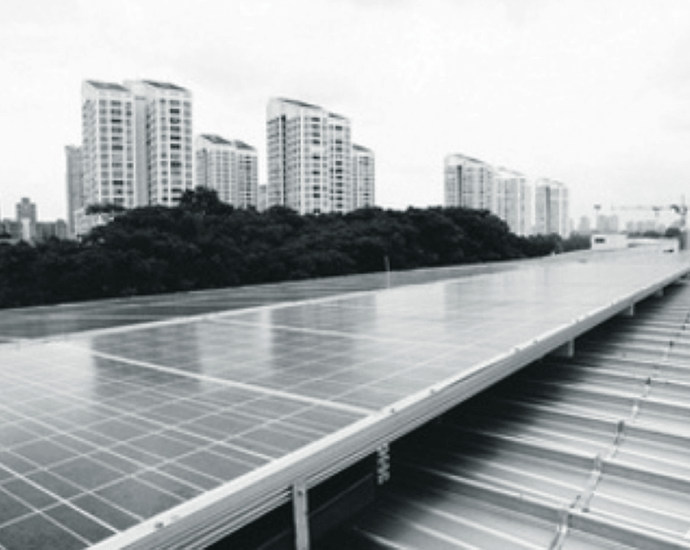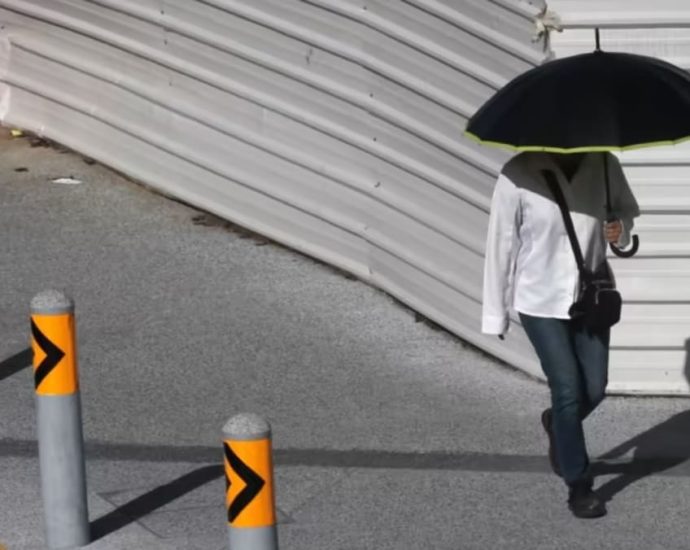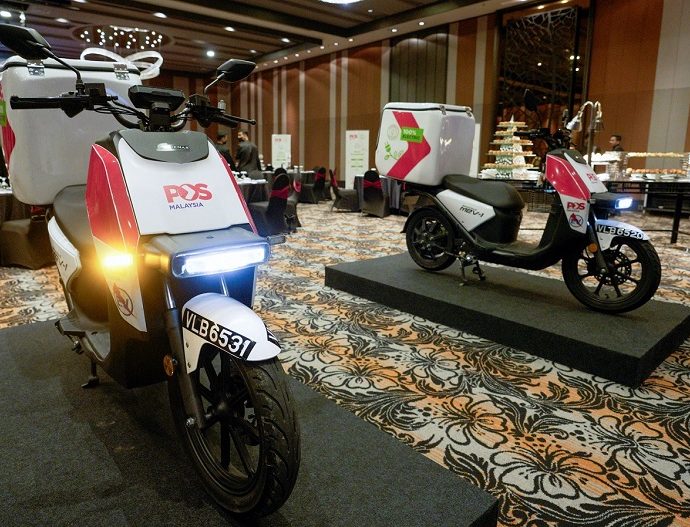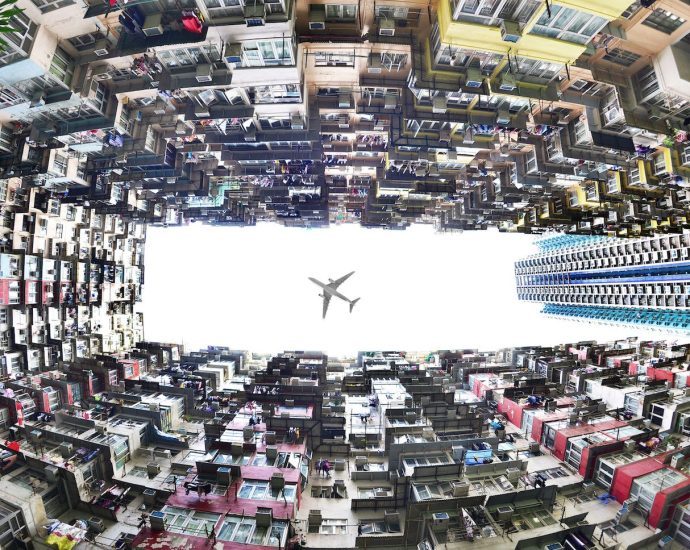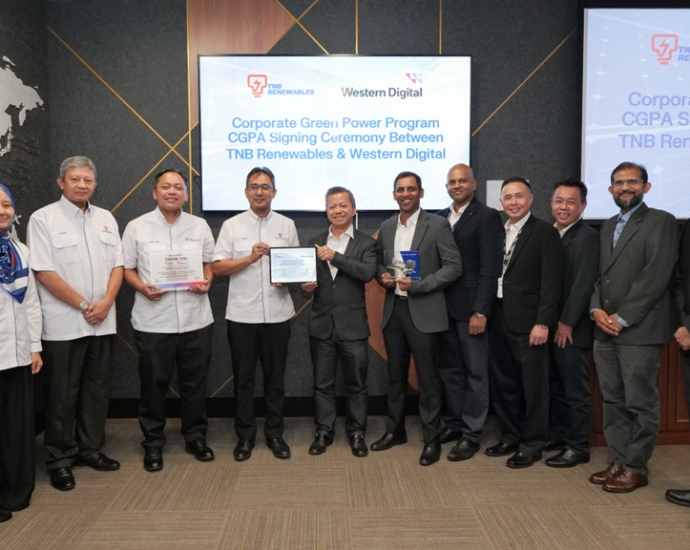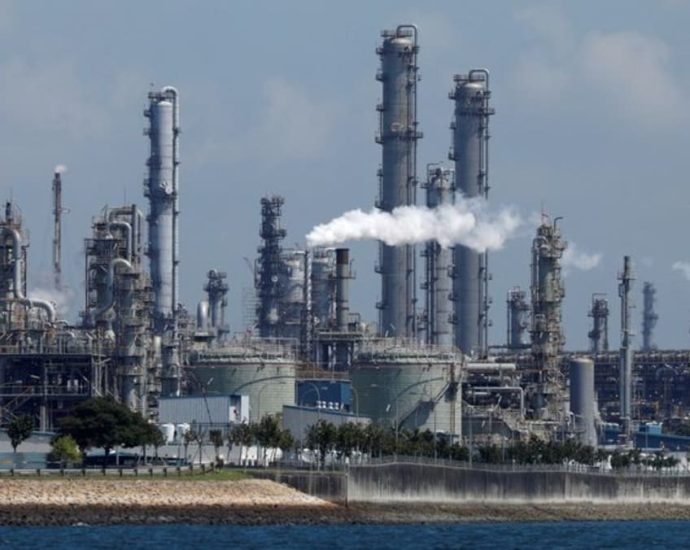Climate change and energy transition: the 2023 scorecard
Last year was the hottest on record by a wide margin. The planet is now 1.48 degrees Celsius warmer than it was before the fossil-fuel revolution.
Global heating is accelerating. This year is likely to set another record because the latter half of 2023 featured an El Niño climate pattern that continues to influence global weather. The last colder-than-average year, according to the US National Oceanic and Atmospheric Administration, was 1976.
The United States experienced a record number of billion-dollar weather disasters in 2023. Canada’s wildfires in June resulted in an unprecedented flurry of air-quality alerts in the Northeast and Midwest of the US, with New York temporarily suffering the worst air quality of any city in the world. Wildfires also devastated Maui.
Elsewhere in the world, Libya, Guam, Malawi and Peru experienced horrific floods. According to the United Nations, drought now affects a quarter of humanity. Developing countries were stuck with proportionally higher recovery costs on a per capita basis.
The solution to climate change is to reduce and reverse the decades-long trend of annually increasing greenhouse-gas concentration in the planetary atmosphere. So let’s see what the numbers tell us on that score.
Carbon emissions
The carbon-dioxide (CO2) level in Earth’s atmosphere is now more than 420 parts per million, up from 315ppm in 1958 when the first direct measurements commenced. The atmospheric CO2 concentration has been increasing at more than 2ppm per year for the past several years.
This added CO2 in the atmosphere comes from human activities that release carbon dioxide (and other greenhouse gases) into the air. US carbon emissions were down 3% in 2023 thanks mainly to an ongoing national switch from burning coal to burning natural gas for generating electricity.
But worldwide carbon emissions were up 1.1% compared with 2022. Since climate change is a global problem, it is the global statistic that matters.
Most emissions are energy-related, so phasing out fossil fuels in favor of low-carbon energy alternatives is critical.
While it’s too early to report final data for renewable energy-additions in 2023, last June, the International Energy Agency (IEA) forecast that global renewable-energy generation capacity would increase by a record 440 gigawatts for the year (total world renewable-energy generation capacity, including hydropower, stands at about 4,500GW).
However, confusion sometimes results from failure to distinguish production capacity from actual generation, since solar and wind installations typically generate only 20-50% of their theoretical capacity because of variations in sunlight and wind.
Electricity generation
So let’s look at the actual generation numbers. Of the roughly 30,000 terawatt-hours of electricity generated globally in 2022, 8,500TWh (29%) came from renewables – more than half of that from hydropower.
We must be careful to distinguish between “electricity” and “energy,” another frequent source of confusion. Electricity’s share of all end-use energy usage remains stable at about 20%. After accounting for conversion factors, renewables (including solar, wind, hydro, geothermal, biofuels, and traditional biomass – that is, burning wood for cooking and heating) – provide about 16% of total world primary energy.
Nuclear energy also entails relatively low levels of carbon emissions, but its share of world energy fell to a multi-decade low in 2023, and nuclear projects are notoriously slow and expensive to bring online.
To reach net zero emissions by 2050 (which the Intergovernmental Panel on Climate Change considers necessary to cap warming at 1.5 degrees Celsius) by providing 100% of total global energy from renewables, we would need a nearly tenfold increase in renewable-energy production, even assuming zero growth in overall global energy demand during that time.
Annual additions of solar and wind capacity would have to increase by well over an order of magnitude (10 times) compared with the current record rate. Electrification of transport, manufacturing, agriculture, and other sectors would also need to accelerate dramatically.
In its Net-Zero Roadmap report published in September 2023, the IEA recognized the extreme difficulty of achieving these increases in renewable energy and suggested instead that 19% of final energy will still come from fossil fuels in 2050 and that final-energy consumption will be reduced by 26%.
To remove the resultant emissions, the IEA estimated that 1 billion metric tons per year of carbon dioxide would need to be captured by 2030, rising to 6 billion by 2050. Mechanized technologies for carbon capture and storage (CCS) and direct air capture (DAC) that would be required to do this have been criticized as being too expensive, too energy-intensive, and underperforming in terms of their goal.
Currently, about 2 billion metric tons of carbon dioxide is captured annually, nearly all by forests; only 49 million metric tons are being removed from the atmosphere by carbon removal technology projects across the world. About 80% of that captured carbon is used for “enhanced oil recovery.”
Meanwhile, more than 37 billion metric tons of carbon dioxide are being released by human activities, primarily from the burning of fossil fuels.
We can conclude from these scorecard numbers that, as of the start of 2024, humanity is not on track to avoid catastrophic climate change. The likelihood of limiting warming to 1.5 degrees Celsius (the goal stated in the Paris Accords of 2015) is now extremely remote. Indeed, that threshold may be exceeded within just the next few years.
If world leaders genuinely hope to change these trends, dramatic action that entails re-evaluating current priorities will be required. Not just fossil-fuel subsidies but also continued growth in global energy-tied economic activity must be questioned.
Otherwise, we may be destined to fulfill the old adage: “If you do not change direction, you will end up where you are heading.”
This article was produced by Earth | Food | Life, a project of the Independent Media Institute, which provided it to Asia Times.



